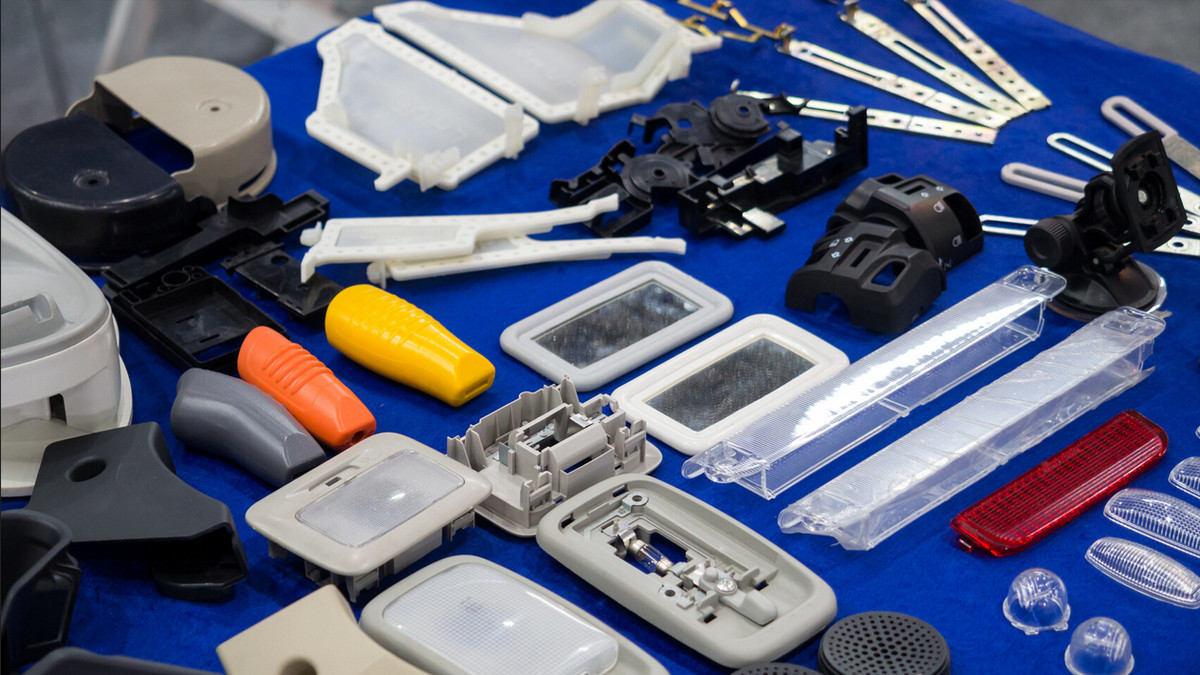Die casting, called pressure casting, is a metal casting process characterized by the use of a mold cavity to apply high pressure to molten aluminum or zinc alloys. Die casting molds are often developed from stronger alloys, a process somewhat similar to injection molding. Most die-casting workpieces are iron-free, such as zinc, copper, aluminum, magnesium, lead, tin, and lead-tin alloys. According to the different requirements of the type of die casting, a cold chamber die casting machine or a hot chamber die casting machine is configured for die casting processing.
Industry Applications of Die Casting
Die castings have a wide range of applications because of their stable quality and high production efficiency. Common in the automotive industry, machine tools, electronic parts, medical, watches, household hardware, bathroom hardware, and many other industries.
Advantages of Die Casting Process
Under the control of precise pressure, firing rate, temperature and other process conditions, the die-casting process can achieve mass production, and is one of the few production processes that can ensure production efficiency and quality.
What is A Cold Room and A Hot Room?
The most direct to know a hot room or a cold room is whether the "furnace" is connected to the die-casting equipment. The hearth of the hot chamber die casting machine is directly connected to the injection mechanism, so it can achieve high efficiency and stable quality, but it is only suitable for alloy materials with low melting point, such as zinc alloy. The hearth of the cold chamber die-casting machine is separated from the material injection mechanism. During production, liquid metal needs to be taken out from the hearth and fed to the material injection mechanism for die casting. Suitable for high melting point alloy metals, such as aluminum alloys.
Extensiveness of Zinc Alloy Die Casting
Zinc alloys are widely used in many industrial fields because of their many properties. These features and benefits include:
1. Low melting point, so it is easier to form than other alloys. Does not corrode the mold, but also ensures the service life of the mold.
2. Liquid zinc alloy has high fluidity, so it is suitable for die-casting precision parts with complex shapes, thin walls and high precision.
3. The amount of post-process processing is small, which can save material costs.
4. Easy post-processing and surface treatment, including electroplating, painting, etc. At the same time, because the specific gravity of the material is heavier than that of aluminum, the texture is more beautiful after post-processing, and low-cost, high-quality products are realized. Copper alloys are often replaced by zinc alloys.
Due to the good die casting properties and mechanical properties of zinc alloys, it has always maintained an important position in hot chamber die casting. The advantages of zinc alloys are low melting point, slower melting and heat preservation, and less heating of the pressure chamber and die casting mold. How to reduce defects and manufacture zinc alloy die castings that meet the requirements are mainly affected by five factors:
1. Choose the right die casting machine
2. Die-casting mold runner design
3. Die casting mold temperature
4. Zinc alloy material
5. Correct operation and maintenance of the machine
The Importance of Clamping Force
In the process of die casting, the clamping force ensures that the mold is securely locked during the injection process. Accurate clamping force performance can not only ensure the dimensional accuracy of castings and the quality of finished products, but most importantly, prevent high-temperature materials from splashing from the mold joint surface, ensure safe performance in the production process, and reduce the occurrence of product burrs. The selection of clamping force needs to be calculated according to the size of the mold.
Key Effects of Temperature Control
Stable temperature control is critical to the die casting process. The temperature affects the fluidity of the metal alloy. If the temperature is too low, the fluidity of the metal will be reduced and the die-casting process will be blocked. If the temperature is too high, the cooling time of the liquid metal will be too long, which will affect the alloy composition and seriously affect the molding quality.
Is Die Casting Safe?
The process of die casting is that the metal is in a high temperature liquid state, so there is a certain degree of production risk.
Eco-friendly Production
Zinc alloy die-casting has the advantages of easy recycling, remelting and other secondary utilization, greatly reduces the consumption of residual waste, and realizes low-waste environmentally friendly production.







.png)






